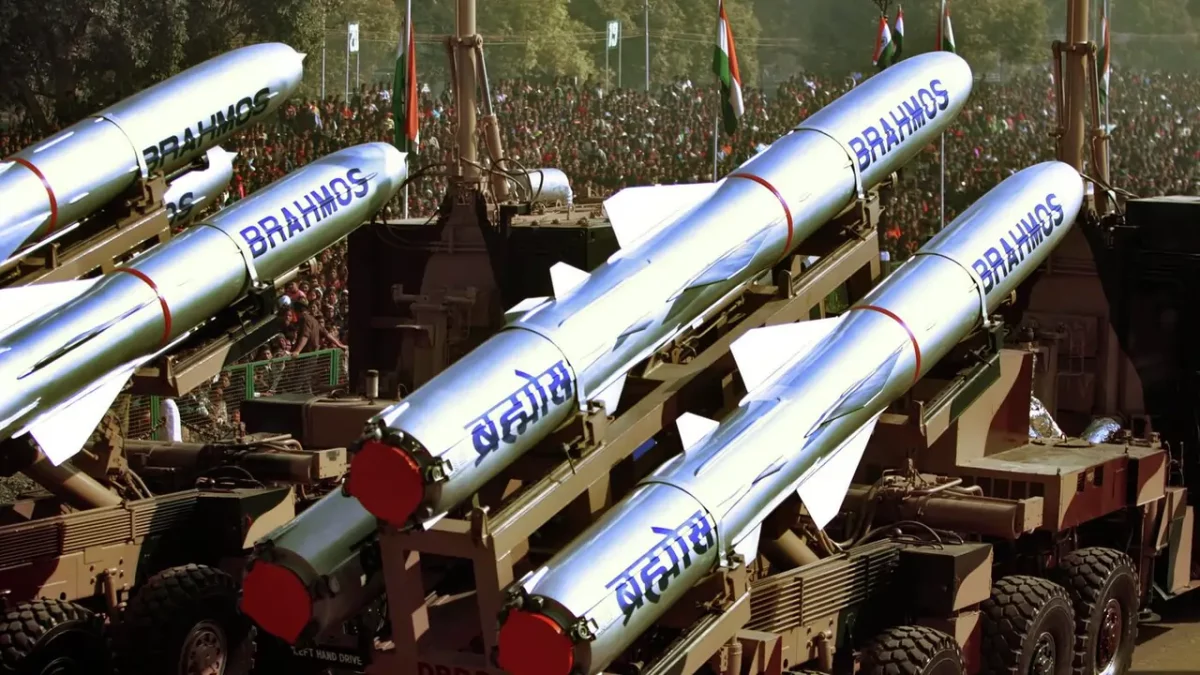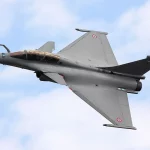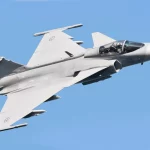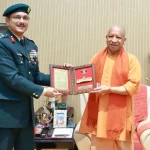In a development set to reshape South Asia’s strategic landscape, India has successfully tested an extended-range version of its BrahMos supersonic cruise missile, now capable of striking targets up to 800 kilometers away. This milestone underscores India’s rapidly advancing conventional strike capabilities and sends a clear message to adversaries: India can neutralize threats deep inside enemy territory before they have a chance to respond.
According to the Defence Research and Development Organisation (DRDO), ongoing trials aim to ensure the missile is fully operational by the end of 2027. Once deployed, the extended-range BrahMos will provide the Indian Armed Forces with unmatched flexibility, as it will be adaptable for ground, air, and naval launches, enabling precision strikes from multiple platforms.
From 290 KM to 800 KM: A Quantum Leap in Strike Capability
The upgraded BrahMos extends India’s reach almost threefold, placing virtually every strategic target in Pakistan—including military headquarters, terror camps, and naval installations—within India’s strike envelope. Analysts note that this enhancement drastically reduces reaction time for enemy defenses, elevating India’s deterrence and rapid-strike potential.
Combat-Proven Lethality: Operation Sindoor
India first demonstrated BrahMos’s combat effectiveness during Operation Sindoor in May 2025. Following the Pahalgam terror attack, the Indian Air Force deployed BrahMos missiles from Sukhoi-30MKI fighter jets to strike nine terrorist camps deep inside Pakistan and Pakistan-occupied Kashmir. The operation destroyed critical infrastructure used by groups like Jaish-e-Mohammed and Lashkar-e-Taiba, eliminating over 100 militants. Defence Minister Rajnath Singh praised the missile for its “pinpoint accuracy,” affirming its role as a game-changer in India’s strategic arsenal.
Unstoppable Speed and Precision
Traveling at Mach 2.8 to 3.0, the BrahMos is nearly three times the speed of sound, giving adversaries almost no time to react. Experts highlight that by the time enemy radar detects the missile, the strike is often already complete, making it an exceptionally formidable weapon in modern warfare.
Outclassing Foreign Technology
During Operation Sindoor, attempts by Pakistan to counter India’s offensive using Chinese-origin J-10 fighters equipped with PL-15 beyond-visual-range missiles failed. The Indian Air Force’s superior tactics and indigenous technology decisively outmatched the imported systems, underscoring the effectiveness of homegrown defence capabilities.
With the successful testing of the 800-km BrahMos, India has firmly positioned itself among the world’s leaders in precision conventional strike capabilities, sending a stern warning to adversaries and reinforcing its strategic deterrence posture.







